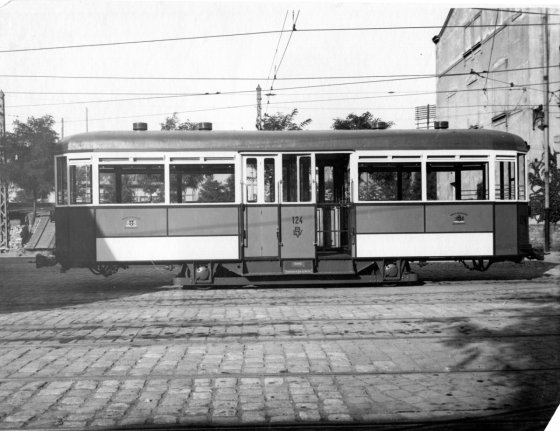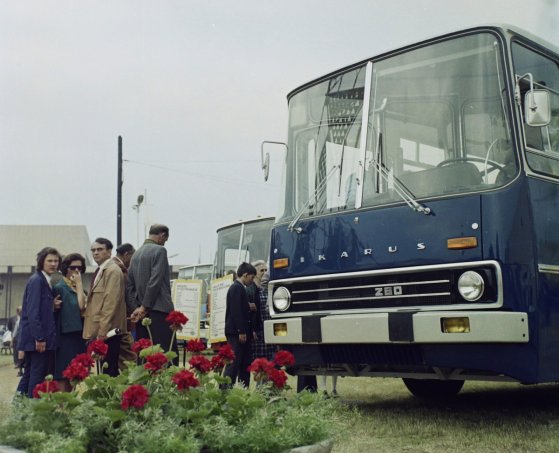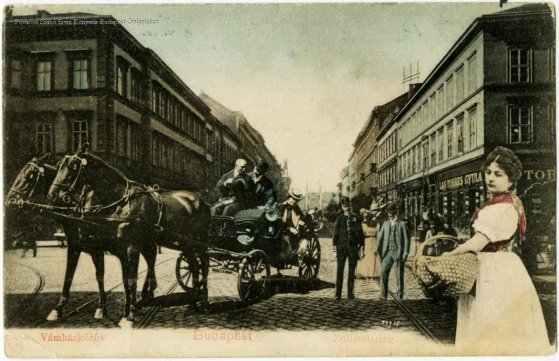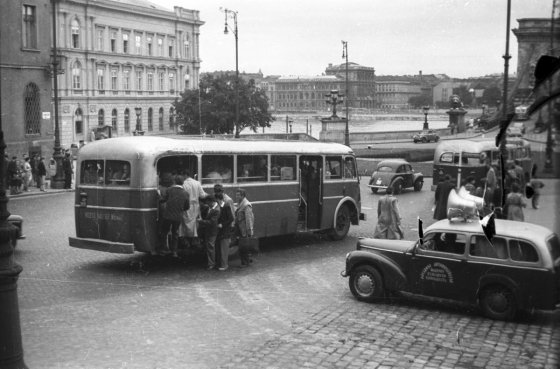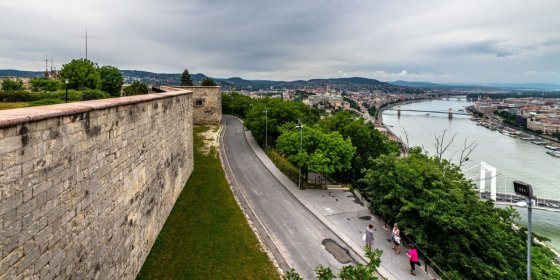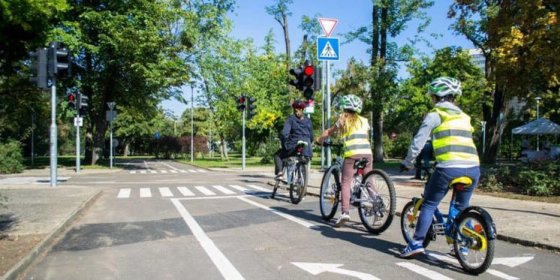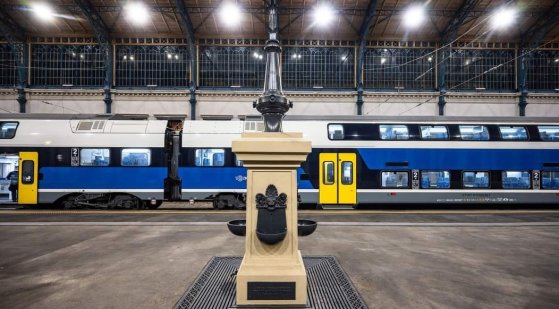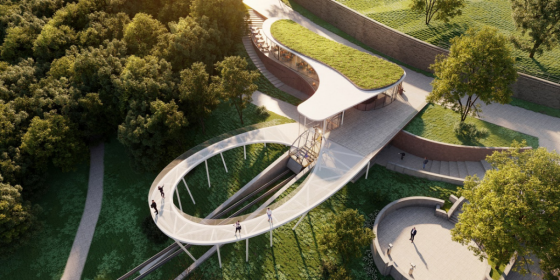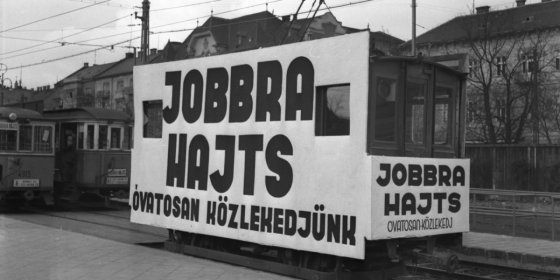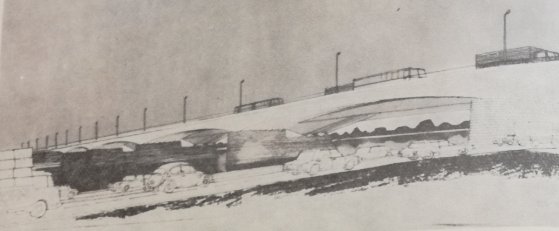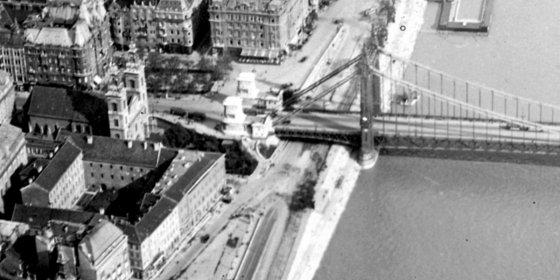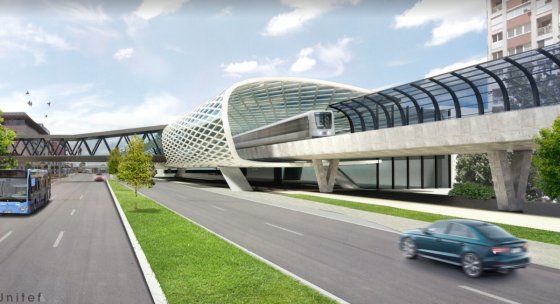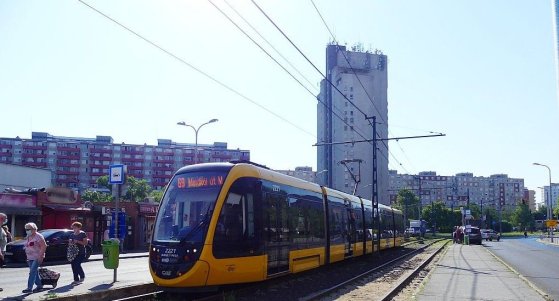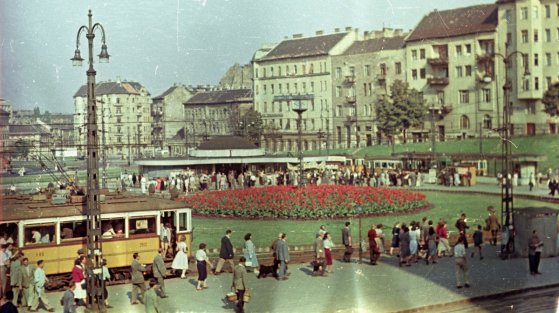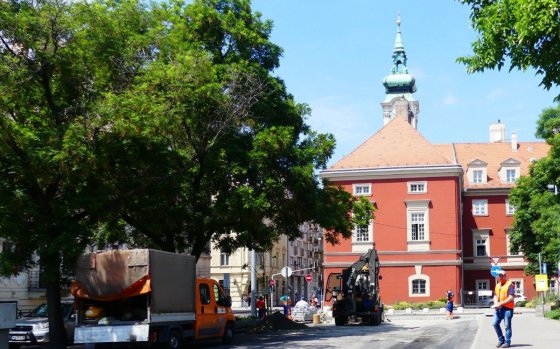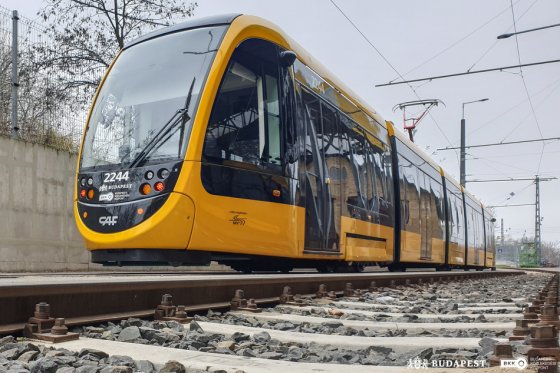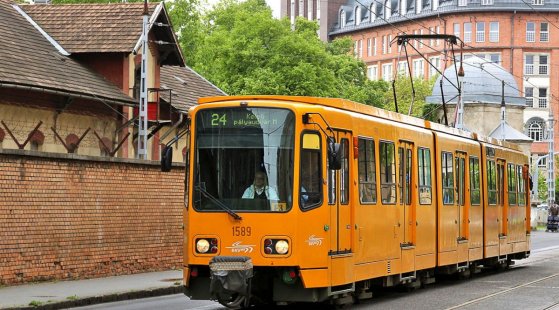 The „intertwined history” of the bridges and the city of Budapest
Which ideas and events have shaped the fate of bridges of Budapest and the cityscape? Alongside many other interesting facts, this question is also answered this newly published book by the Budapest City Archives, which introduces the history of bridges in Budapest.
The „intertwined history” of the bridges and the city of Budapest
Which ideas and events have shaped the fate of bridges of Budapest and the cityscape? Alongside many other interesting facts, this question is also answered this newly published book by the Budapest City Archives, which introduces the history of bridges in Budapest.
transport
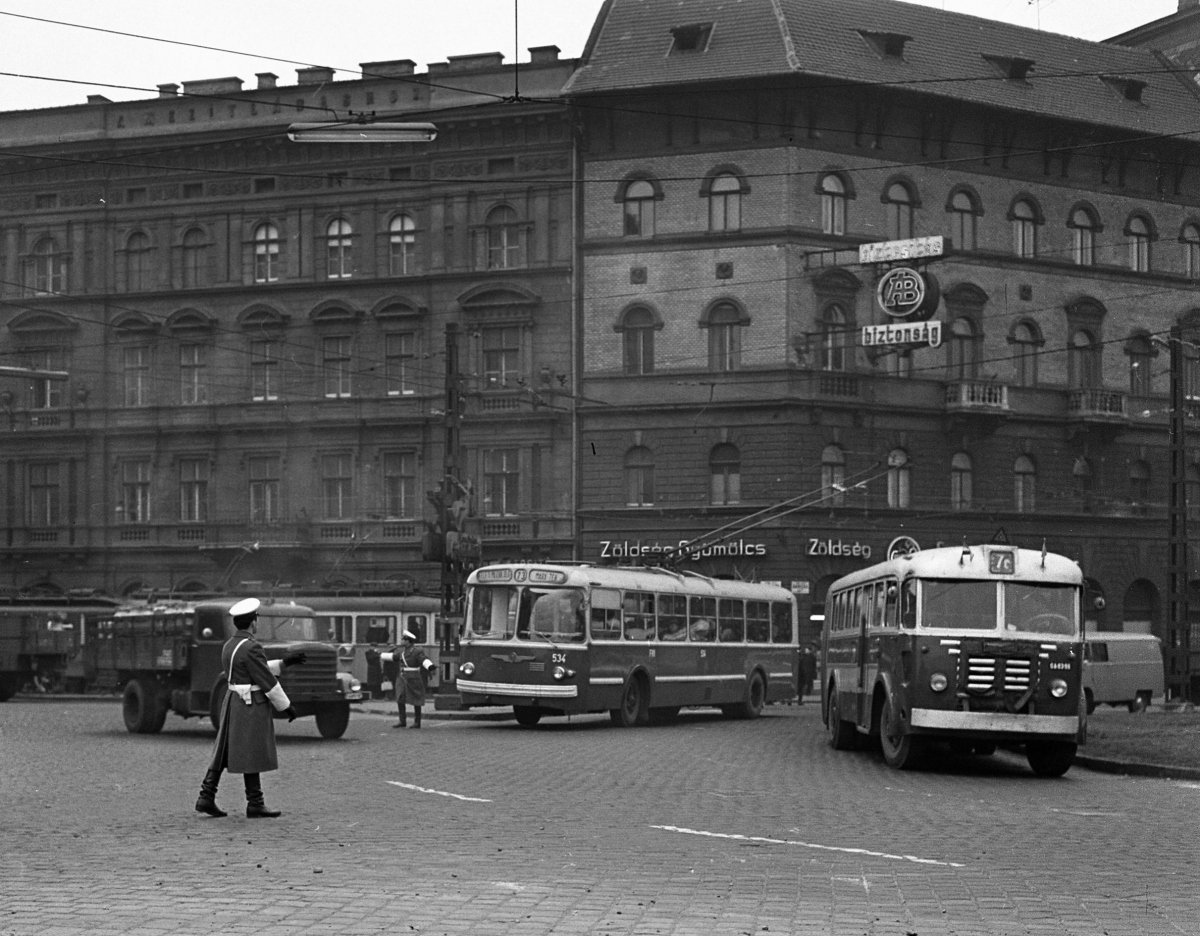 BKV was established 55 years ago - There was a ticket inspector on all vehicles and one could travel cheaply
BKV was established 55 years ago - There was a ticket inspector on all vehicles and one could travel cheaply
January 4, 2023 at 11:00 AM
On 1 January 1968, Budapest Transport Company took over the capital's public transport from three other companies. Until then, Budapest's trams, buses, suburban railways and other means of transport were operated by three independent companies, the Metropolitan Electric Railway Municipal Company, the Metropolitan Bus Municipal Company, and the Metropolitan Suburban Railway Municipal Company. In addition, the new organisation absorbed the Municipal Shipping Company.
Beszkárt, the capital's public transport company, was founded 100 years ago
December 28, 2022 at 6:00 PM
Budapest's public transport was operated by several companies for a long time, for example, there was a period when the tram services only were operated by three different companies. But 100 years ago, the Budapest Székesfővárosi Közlekedesi Részvénytársaság [Budapest Capital Transport Company], or Beszkárt, was founded, which soon gained control over all the capital's means of public transport.
Farewell to the Ikarus 200 – They defined the streetscape of Budapest for 50 years
October 18, 2022 at 9:00 AM
Budapest will soon say goodbye to a legend that defined the image of the city for decades. BKV is preparing to withdraw the last pieces of a bus family that was perhaps the most important bus type in the world at one time. The Ikarus 200s are leaving after fifty years.
When the coachmen were regulated in Budapest
July 16, 2022 at 2:00 PM
A smaller war broke out between the Budapest police headquarters and the coachmen 105 years ago, in 1917. Due to the many abuses and irregularities, the captain wanted to bring this type of transport service under the rules, for which the coachmen threatened to go on strike.
Sixty years ago, Budapest was at a crossroads - the transport of the capital in the 1960s
April 23, 2022 at 2:00 PM
Budapest's traffic was at a crossroads 60 years ago as well as now. Experts sought answers to questions about how much the then outdated public transport network needs to be developed and how to prepare the city for the expected car traffic. Studies have also helped to make these decisions. Based on a work published 60 years ago, we present the transport dilemmas of Budapest at that time.
The pedestrian underpass and stairs of the Gellért Hill cable car can be built
February 17, 2022 at 1:00 PM
The company responsible for the development received a permit for the construction of the tunnel leading to the station of the future Gellért Hill cable car and the stairs leading to Hegyalja road. With this, the construction of the cable car to the Citadel, which is expected to be completed by the end of 2023, has taken another step closer to completion.
The transport park in Városliget will be renovated
January 20, 2022 at 7:00 PM
The KRESZ park in Városliget will be expanded and renovated within the framework of the Liget Budapest Project. In the park, where children can playfully learn the basics of safe transport, there will be a transport-themed playground and more green space.
The railway can once again become an important means of transport in Budapest
December 31, 2021 at 6:30 PM
The government has adopted the Budapest Agglomeration Railway Strategy, which aims to continuously improve public transport in the agglomeration by 2040. Part of this is the construction of, among other things, the northern and southern border bridges and the railway tunnel connecting Kelenföld, South and West railway stations, making the more than 100-year-old plan a reality.
The construction of the Gellért Hill cable car received an environmental permit
November 25, 2021 at 5:00 PM
The construction of the planned cable car on Gellért Hill received the environmental permit. The permit emphasizes that the works must comply with a number of nature protection regulations and world heritage protection requirements.
Right-hand traffic was introduced in Hungary 80 years ago
November 10, 2021 at 9:00 AM
In much of the world today, cars are on the right side of the road, and on the European mainland, this is the traffic regulation, wherever we go. However, this was not always the case: the right-hand drive in Hungary only became common 80 years ago, in November 1941, as one of the last countries on the European continent. However, several transport vehicle still operated according to the original order, the change in the Kisföldalatti [the small underground railway] only took place in 1973.
Fifty years ago, a highway bridge was designed on the edge of the inner city
September 25, 2021 at 10:00 AM
Increasing car traffic has been a problem in the capital for decades. It even come up in the early 1970s that a a huge highway bridge should be built on the Danube in the Lágymányos area. If that planned bridge had been realized, we would be living in a different Budapest today.
When the ramp of the Elizabeth Bridge was widened, moving the church also came up, in the end the sidewalk was lowered
July 17, 2021 at 9:00 AM
In the 1930s, the car traffic in Budapest was already so high that the Pest bridgehead of the Elizabeth Bridge had to be rebuilt in order to avoid permanent traffic jams and the risk of accidents. Even the relocation and even demolition of the Inner City Parish Church was discussed, but instead the designers chose an imaginative and inexpensive technical solution. The new ramp of the bridge was completed on 17 July 1936.
Preparations for the development of the Gödöllő and Csömör HÉV will resume
July 1, 2021 at 4:30 PM
The planning of the connection of the H8 Gödöllő and the H9 Csömör suburban railway lines (HÉV - helyiérdekű vasút) and the metro line 2 continues. Part of the investment is the complete renovation of the suburban railway lines. The Örs Vezér Square's bus traffic will be transformed after the connection with the metro.
CAF tram arrives in Újpalota for weekends
June 19, 2021 at 2:00 PM
Only on weekends and twice every hour, but commuters can now travel on modern CAF trams on the 69 tram line connecting Mexikói Road in Zugló with the Újpalota housing estate. For the time being, the other vehicles on the line will remain. Known as the Hannover tram, its high steps make travel difficult for many.
Széll Kálmán Square became a transport hub 80 years ago
June 18, 2021 at 9:30 AM
There was once a clay mine and then a sports field on the site of today's Széll Kálmán Square, where the tram junction and the pedestrian overpass, which defined the image of "Kalef" for decades, were completed 80 years ago, in June 1941. Then, in the middle of the square, a roundabout was created for trams, from where vehicles could depart in all directions. Modern passenger waiting areas and bus terminals were also built, but the development did not fully win the favour of the contemporary public.
Changes to Batthyány Square
June 5, 2021 at 5:00 PM
The renovation of Batthyány Square aims to increase pedestrian-friendly and green areas and to better serve the needs of pedestrians, the Budapest Transport Center has announced. Due to the works, traffic rules will change in the area, and the stops of buses departing and terminating here will be moved.
New trams heading for Budapest
May 17, 2021 at 6:00 PM
The Budapest Transport Center (BKK) has agreed with the manufacturer of CAF trams. Until mid-May 2022, BKK will be able to call the 51 optional vehicles included in the 2014 contract at the original price.
First section of Pest's intertwining tram network completed
November 6, 2020 at 2:00 PM
The first section of the Pest tram network development has been completed in Ferencváros. The development will support diversion efforts during the renovation of Metro line M3, as the 2M tram will provide a direct connection between Nagyvárad Square and the city centre.
More articles
 The „intertwined history” of the bridges and the city of Budapest
Which ideas and events have shaped the fate of bridges of Budapest and the cityscape? Alongside many other interesting facts, this question is also answered this newly published book by the Budapest City Archives, which introduces the history of bridges in Budapest.
The „intertwined history” of the bridges and the city of Budapest
Which ideas and events have shaped the fate of bridges of Budapest and the cityscape? Alongside many other interesting facts, this question is also answered this newly published book by the Budapest City Archives, which introduces the history of bridges in Budapest.
 The Bridge Report, which brought a turning point in the history of Budapest
A travel report that changed the history of Pest and Buda, as well as Hungary. The little book contributed to the change of half a thousand years of legal customs and the implementation of an investment of unprecedented size and technical quality. This book was The Bridge Report [Hídjelentés in Hungarian].
The Bridge Report, which brought a turning point in the history of Budapest
A travel report that changed the history of Pest and Buda, as well as Hungary. The little book contributed to the change of half a thousand years of legal customs and the implementation of an investment of unprecedented size and technical quality. This book was The Bridge Report [Hídjelentés in Hungarian].
 Drama on the university wall - The heroic monument was planned 95 years ago
In the constant hustle and bustle of the Egyetem Square in Pest, the students may not even notice the monument that decorates the short section of wall between the church and the central building of ELTE. However, it commemorates their predecessors, the heroes who fought for their country in World War I, and those who heroically helped them. The first design of the dramatically collapsing soldier was born in 1928, ninety-five years ago.
Drama on the university wall - The heroic monument was planned 95 years ago
In the constant hustle and bustle of the Egyetem Square in Pest, the students may not even notice the monument that decorates the short section of wall between the church and the central building of ELTE. However, it commemorates their predecessors, the heroes who fought for their country in World War I, and those who heroically helped them. The first design of the dramatically collapsing soldier was born in 1928, ninety-five years ago.

